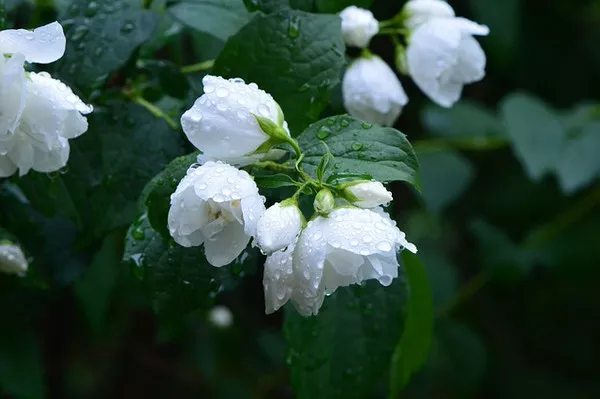Cut flower growers face the challenge of satisfying diverse customer demands and markets while dealing with the inevitable time-sensitive nature of their products. Storing cut flowers at cold temperatures, typically ranging from 35°F to 39°F (1.7°C to 3.9°C), has long been a practice to extend their vase life by reducing respiration and transpiration. While this method provides a short-term solution, the duration for which flowers can be stored varies significantly by species, often limited to a few days to a week before a decline in vase life becomes apparent.
For the cut flower industry, the ability to store flowers for an extended period would be a game-changer. It would facilitate better stock management for holidays, markets, and events, while also allowing growers to effectively handle excess production resulting from accelerated crop schedules caused by warm temperatures.
Subzero storage, characterized by temperatures at 31°F or -0.6°C, emerges as a potential solution to extend the storage length without compromising vase life. Previous research conducted at NC State demonstrated promising results, such as tulips maintaining their vase life when held at 31°F for 9 weeks and peonies exhibiting improved flower opening and quality after 16 weeks at 31°F compared to 33°F.
The latest study undertaken by researchers aimed to develop a practical long-term storage process for select cut flower species using subzero temperatures. In this article, we present the results of one experiment from this study, shedding light on the viability, vase life, and quality of 17 commercially important cut flower species when stored dry at either 31°F or 39°F for durations of 4, 8, and 12 weeks.
The findings of this study are as follows:
All species stored at 31°F exhibited comparable or longer vase life than stems stored at 39°F.
Tuberose stems did not remain viable after any storage duration or temperature.
When stored at subzero temperatures for extended periods, many species experienced reduced water loss and exhibited less disease than those held at 39°F.
The capacity of freshly cut flowers to withstand extended storage durations without a decline in viability or quality varied significantly among species and cultivars.
Rose and carnation stems proved to be the most tolerant of extended storage durations, with successful storage of up to 12 weeks.
This research presents a promising solution for flower producers. Storing cut flowers at subzero temperatures not only ensures longer vase life but also enables better alignment of supply with market demand. This method becomes particularly valuable during unexpected weather conditions that accelerate flower production, offering growers an effective strategy to manage early harvests.
While the study yields promising results, it is important to note that further research is needed to determine the consistency of these findings across various flower cultivars. Nonetheless, the practice of storing freshly cut flowers dry immediately after harvest, at subzero temperatures, holds significant promise as a cost-effective and efficient solution for the cut flower industry.


